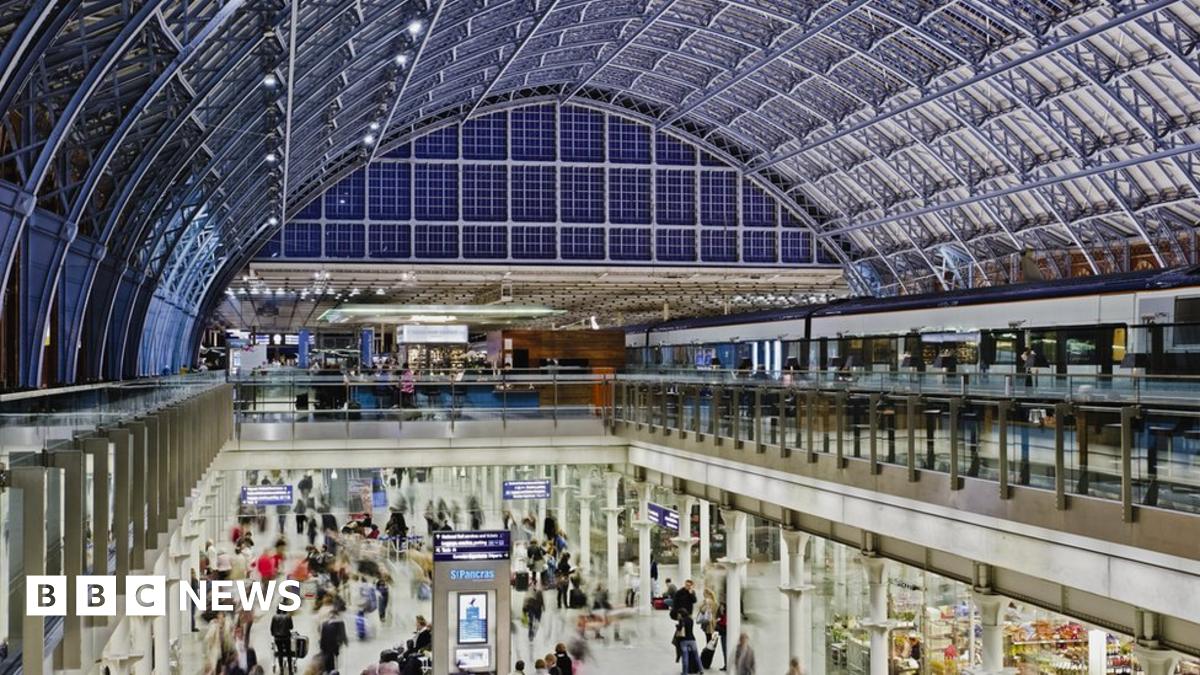Does anyone know what it’s for and why?
Generally speaking, they're used in these situations:
- There's someone that the UK wants to detain, but that they don't want to deal with the trouble of detaining them at the juxtaposed controls, as the facilities there are often quite limited for the amount of passengers transported. By making it seem like a 'random' check, they also avoid drawing attention to the fact that it's done this way. There are also some legal issues associated with detaining people and subsequently deporting them to the UK at the juxtaposed controls, except at Coquelles. Of course, if it's a serious matter such as a wanted murderer, they'll be detained immediately without letting them travel to the UK.
- There was an issue with recording and transmitting data at the juxtaposed control. This happens from time to time, and the biometric scanners are not always operational. There was an issue a while ago where biometric checks weren't carried out for technical reasons, and the Tory government made it clear that every passenger had to be biometrically checked.
- Sometimes it's a random intelligence check: you stop the person, and if they behave in a suspicious way, you can follow up with some questions to find out more. The juxtaposed controls don't have the capacity to carry out meaningful intelligence activities, so it's better to be carried out in St Pancras.
- It can be that these aren't really UK Border Force officers at all, but rather SO15 (or what used to be Special Branch). It can happen that they're looking for someone that they suspect to be using a fake identity, or that they want to pull someone who might have some connection to someone. It would be very politically difficult for them to operate at the juxtaposed controls, so these 'second line' checks serve an intelligence, not immigration function.
- Training purposes, i.e. teaching officers how to conduct random stops for the purpose of immigration control.

